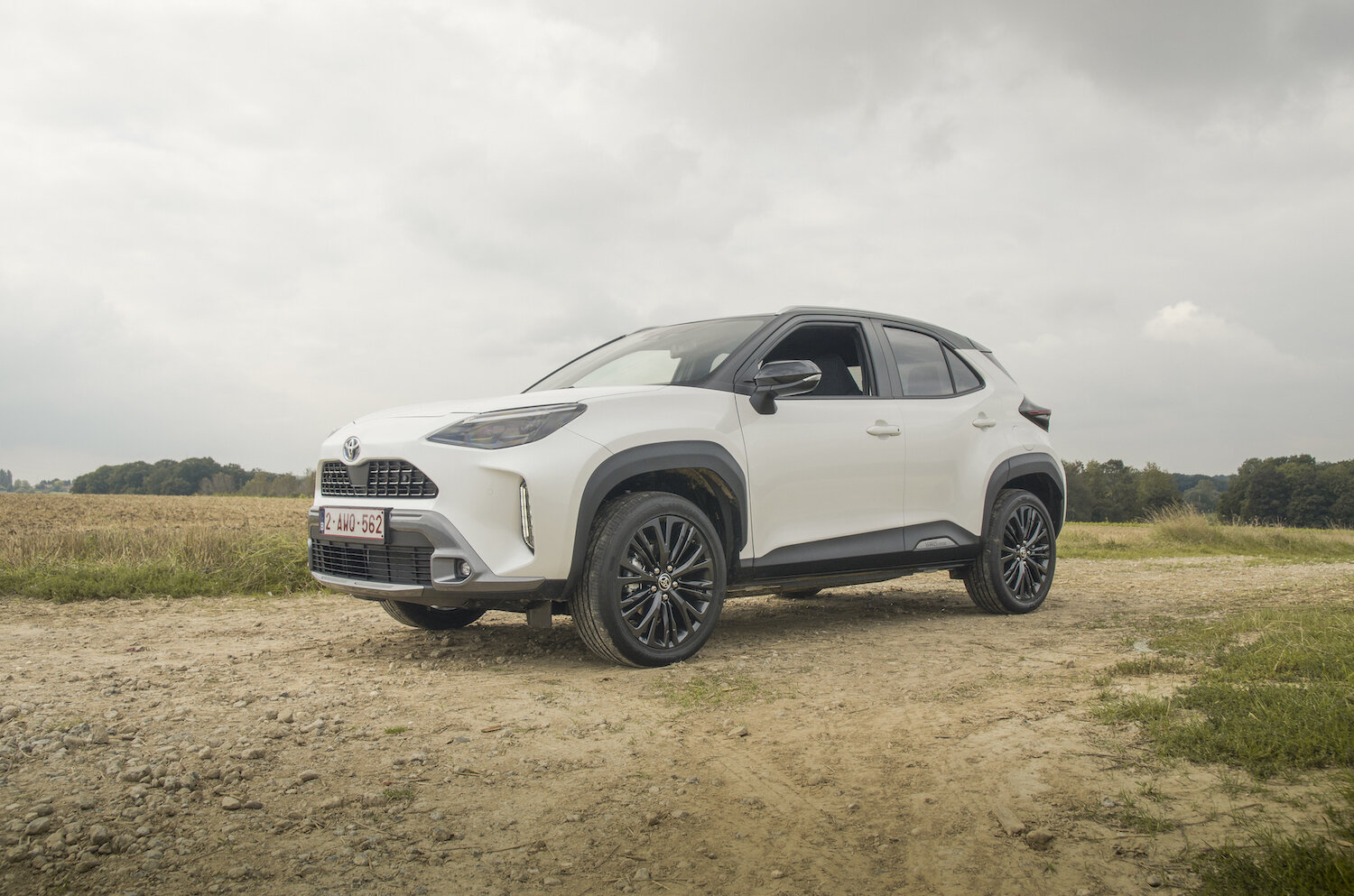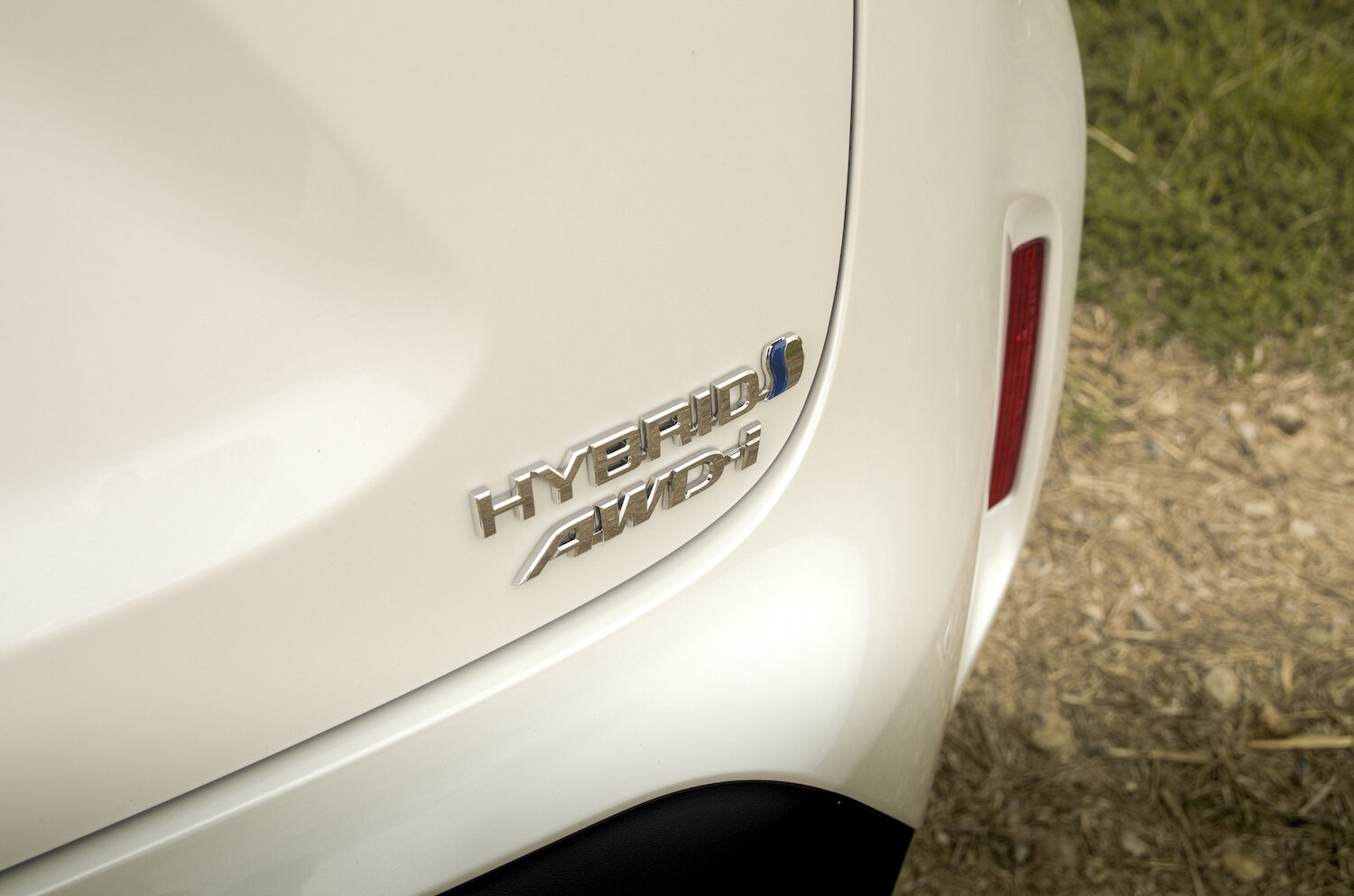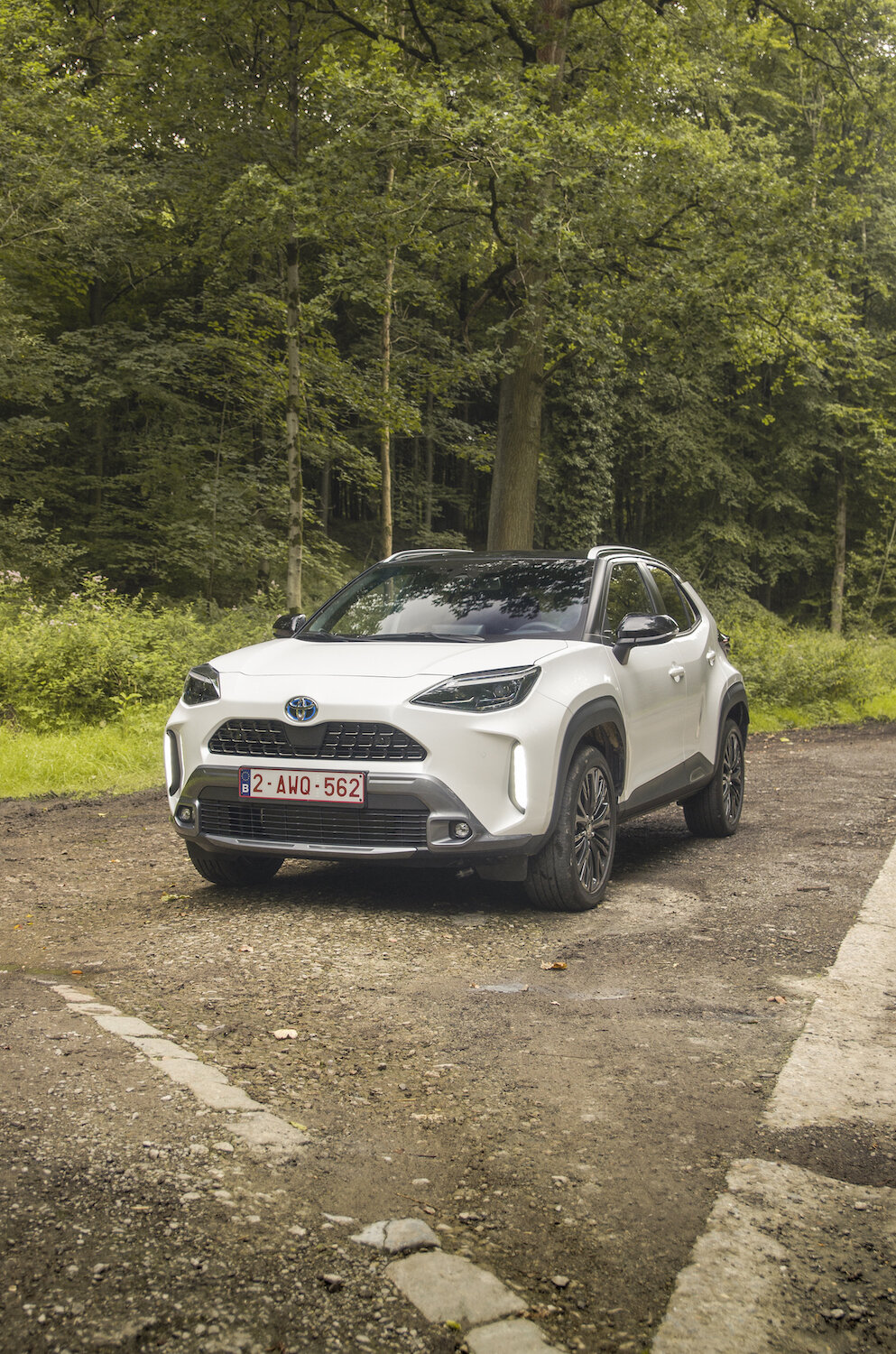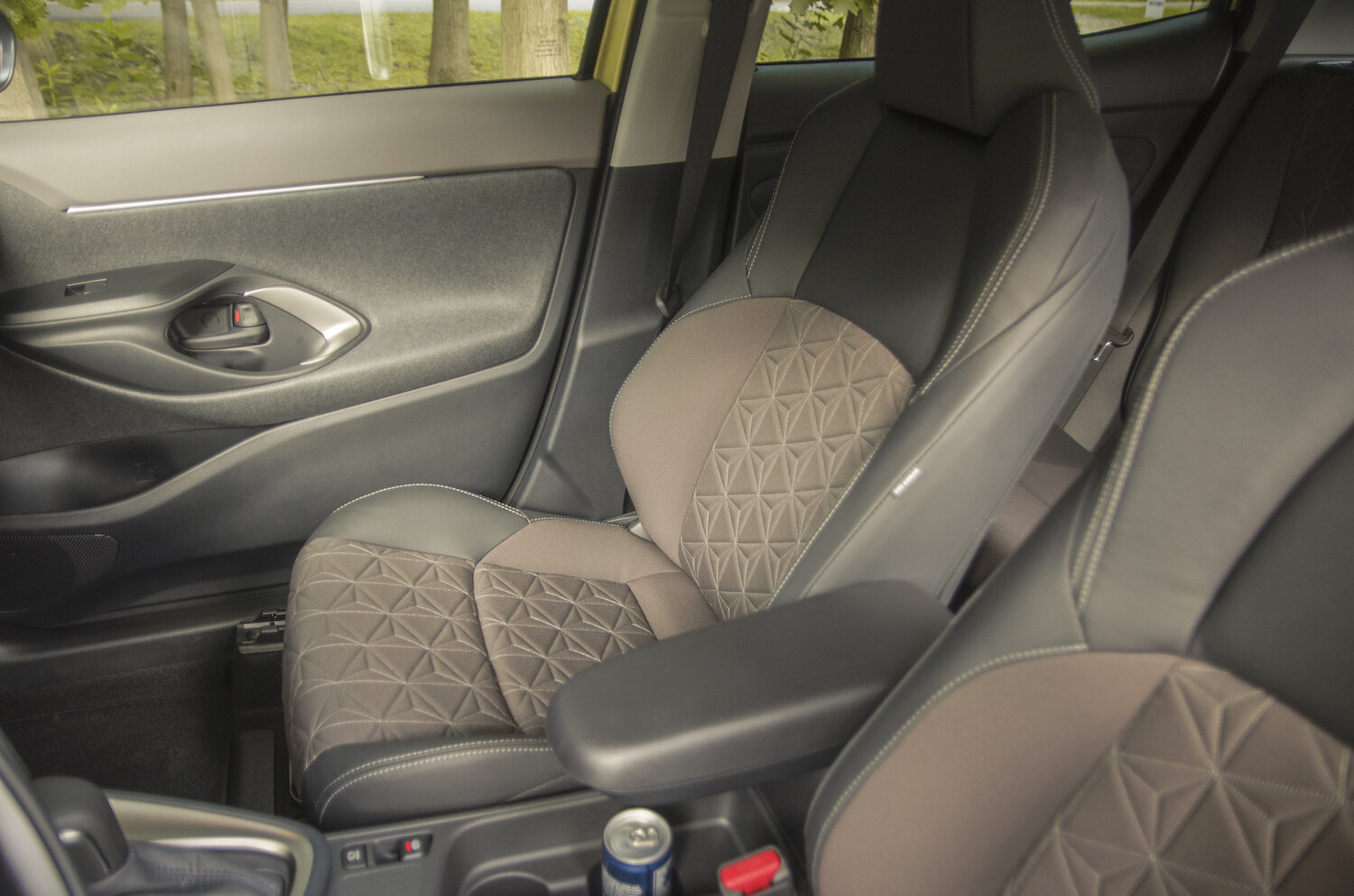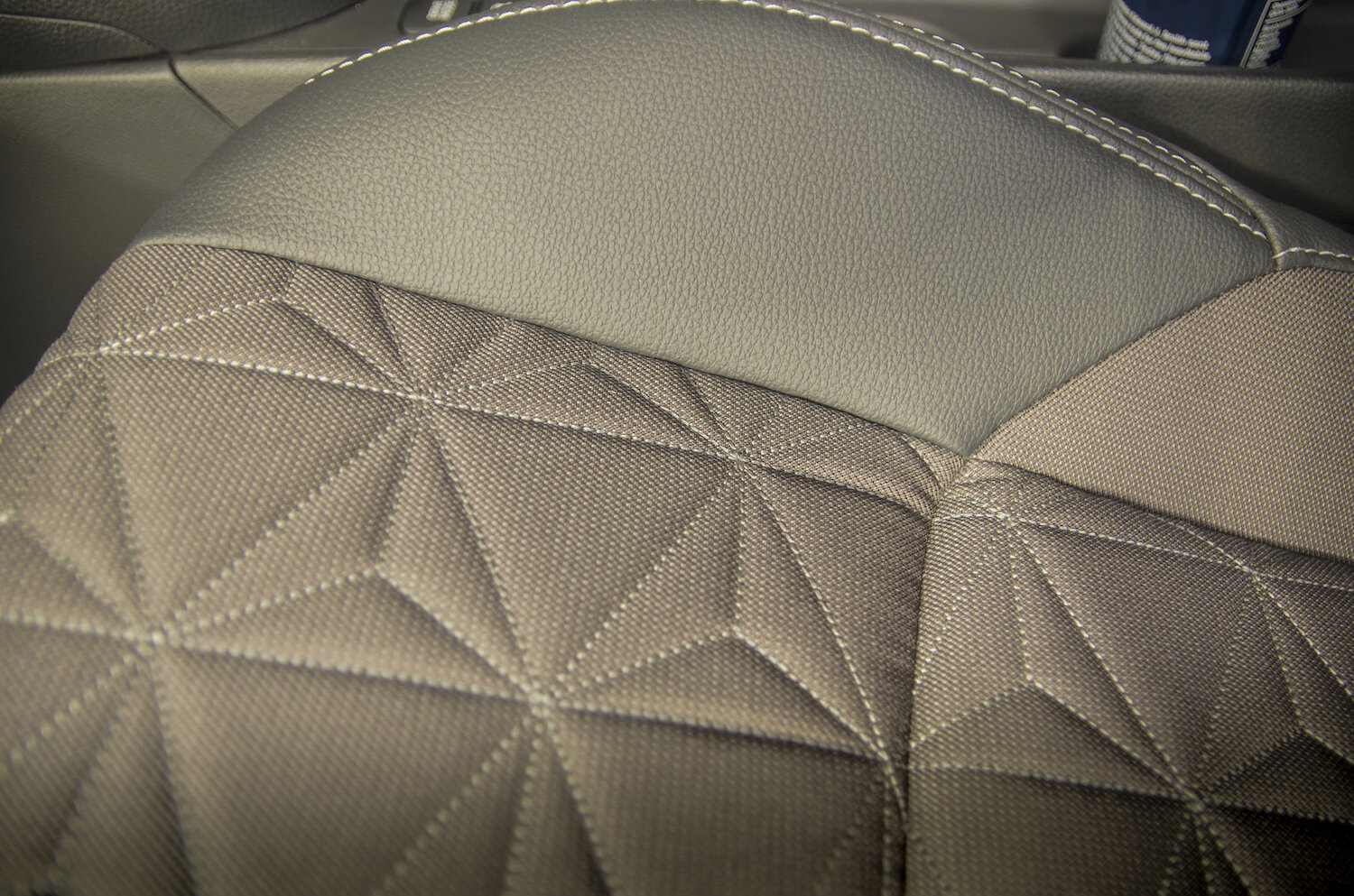Quick spin: all new Toyota Yaris Cross
To fill an existing gap in the market, Toyota extended their SUV range with an addition to the bottom of the spectrum. The all-new Toyota Yaris Cross, a B-segment SUV, was introduced recently and Toyota invited us for a quick spin around the block with the new member of the family.
Europe proof
The Yaris Cross is developed with an eye on the European market. Toyota therefore very carefully studied the common daily lifestyle of European customers and built a crossover with the genes of a big player in the current scene: the Toyota Yaris. Is it only for Europe then? No, Toyota will also bring this car to Australia and their home market, Japan.
DNA of the Yaris
The ethos of the car is shaped around the four pilars that make up the Toyota Yaris: the ‘Big-Small’ philosophy, safety, environmentally friendly and fun to drive. The last three speak for themselves, but the ‘Big-Small’ philosophy is something more interesting. In this approach, Toyota ensures to optimize the interior space, whereas the outer dimensions hardly grew compared to the Yaris. The Yaris Cross shares the GA-B platform with the Yaris, which means the wheel base (2560 mm) remains unchanged. In height, width and length, the Yaris Cross gains respectively 95 mm, 20 mm and 240 mm. Toyota Smart Cargo contributes to the conviniences with a 397 litre boot that can be easily accessed via a power tailgate with hands-free kick-sensor opening. What’s more, the tonneau cover is now foldable and the rear bench optionally splits in 40:20:40 sections to accomodate skis, golf bags or a bicycle.
Inside, the car feels roomy indeed, especially compared to other cars in this segment. Toyota included a lot of clever storage bins positioned at various places in the interior to elevate the usability of this tiny crossover.
Design
Walking up to the car, the idea that strikes is the perception that the car looks a lot bigger than it actually is. Lance Scott, chief designer of Toyota, explains that the Yaris Cross has influences from other SUVs in Toyota’s line-up. Certain design elements, like the trim on the wheel arches and the C-pilars are heavily related to the design language of the Toyota RAV4, but assembled into a smaller body. In the study into the European market, a compact car was found to be desired, one with good “urban capabilities.” Lance Scott therefore says that the design is fitted to this purpose, while expressing individuality at the same time.
Complexity added
In the presentation, Toyota made clear that the ‘fun to drive’-aspect of the Yaris had to be maintained. The Yaris Cross simply drives fine due to its platform with a low center of gravity, which results in a natural driving behavior. We drove both the front wheel drive and the all wheel drive iterations of the Yaris Cross hybrid, and found out that especially the AWD variant lives up to this expectation. The ride quality comes mostly down to the complex construction of the rear suspension. The hybrid variants of the Yaris Cross have a double wishbone in the back plus an anti-roll bar, compared to a regular torsion beam with no anti-roll bar for the petrol version. Although the steering is not very communicative, the controls are sharp and the body roll is limited. Agile is not the right word to use, but it responds quick enough to your inputs to make it enjoyable.
Tech to stretch the ICE’s capabilities
Toyota let us drive the cars on a nicely composed route in the surroundings of Brussels, where we could get to know the cars and the fourth generation of Toyota’s hybrid technology a bit better. The Yaris Cross is always propelled by a ‘Dynamic Force’ 1.5-liter 3-cylinder. An engine which effectively is three-quarters of their 2-liter engine, as found in various other Toyotas. The engine makes use of the Atkinson cycle, which is a complex measure to increase engine efficiency. A very brief explanation of the Atkinson cycle is that the engine effectively adopts a longer expansion stroke than the compression stroke. This will result in a lower pressure in the cylinder at the end of the cycle. Since pressure times volume equals energy, you want as little as possible to be left in the cylinder unused. In the early days, this was accommodated by altering the position of the crankshaft relative to the cylinder head. Nowadays the same effect is achieved with very clever trickery in valve timing. Toyota claims nothing less than 40% thermal efficiency for the ICE alone, which definitely stretches the capabilities of the internal combustion engine.
The hybrid aspect of the drivetrain only effectuates a 30 kg difference compared to the petrol car. At only 4.3 Ah, the battery is very small, but the Yaris Cross is able to drive up to 130 kph electrically only. New technology in the battery raises the unit voltage to 177.6 V, which allows for double the recuperation compared to the previous generation of Toyota’s hybrid technology. Also the power output increases by 50%.
Safety is not an option
Toyota really stresses the importance of safety during the presentation. In terms of passive safety, a more rigid body shell contributes to the highest Euro NCAP rating. Predictable driving behavior thanks to the stable suspension and numerous driver’s aids (pre-collision system, full-range adaptive cruise control, lane tracking assist, road sign assist, and automatic high beam) add to the active safety measures.
Onboard, there’s a lot of options available, depending on the trim level (Elegant, Adventure, and Premiere). Bi-color exterior paint, JBL premium audio, a panoramic roof, and Toyota’s new Teammate Advanced Park parking system to name a few. Unique for any B-segment SUV, the automated parking system is self-learning and even works without the presence of white lines. Amendments to a certain parking spot (like the precise spot on the driveway at your house) can be stored in the system.
Success story
Toyota knows that the Yaris Cross is an important car. The Yaris is already a big contender in the current market and this crossover that is designed specifically with the European market in mind is almost certainly a success story. It was a good choice to base this B-segment SUV on a car that already proved itself Europe-proof.
We’d like to thank Toyota BeLux for inviting us to the launch event.

